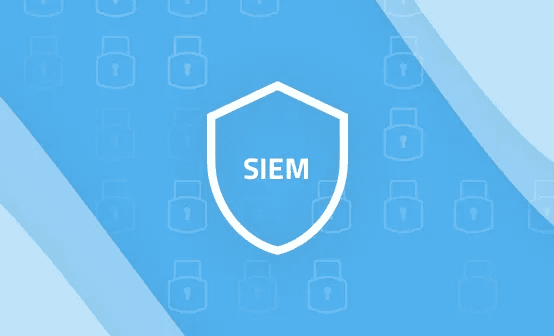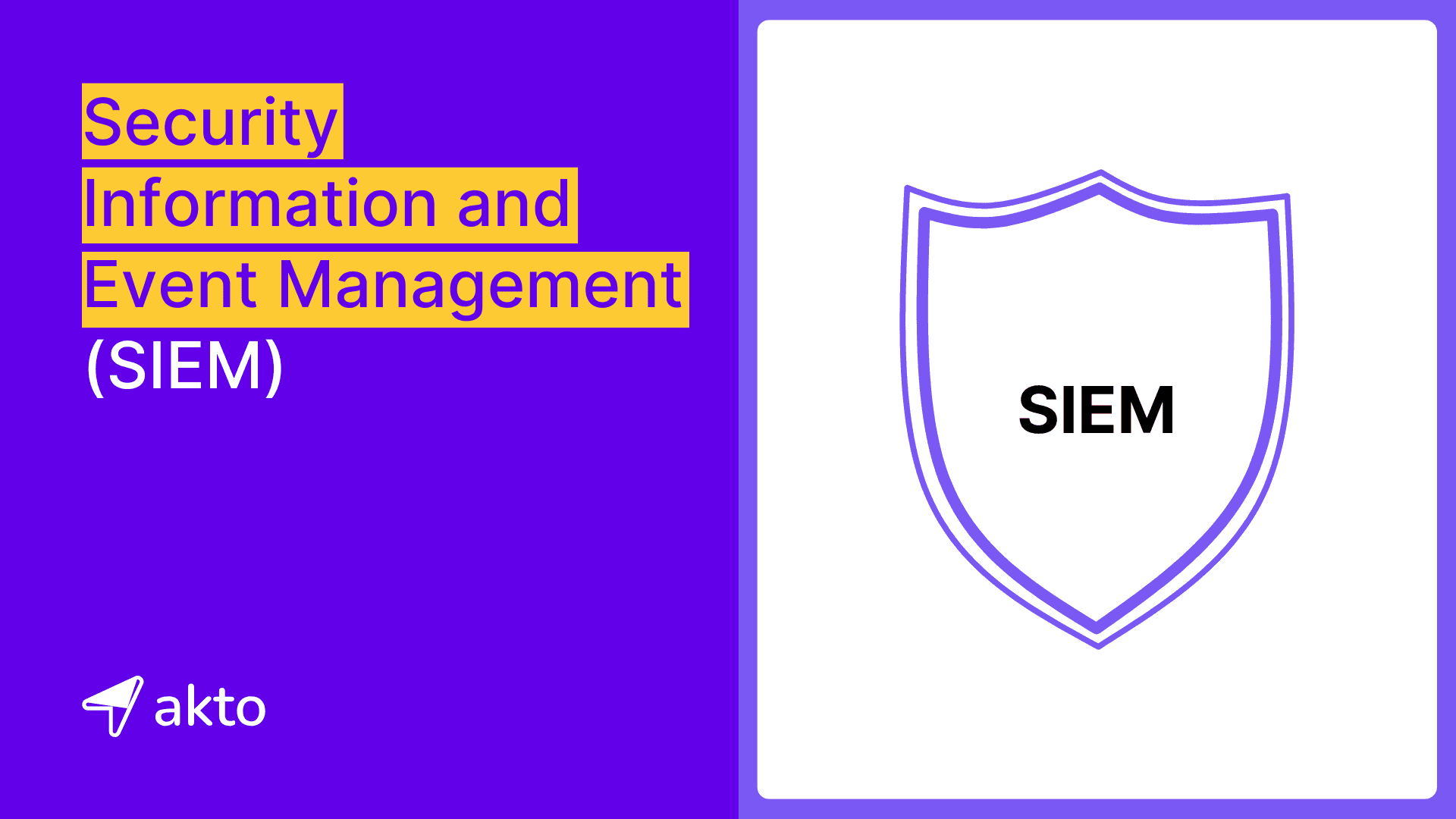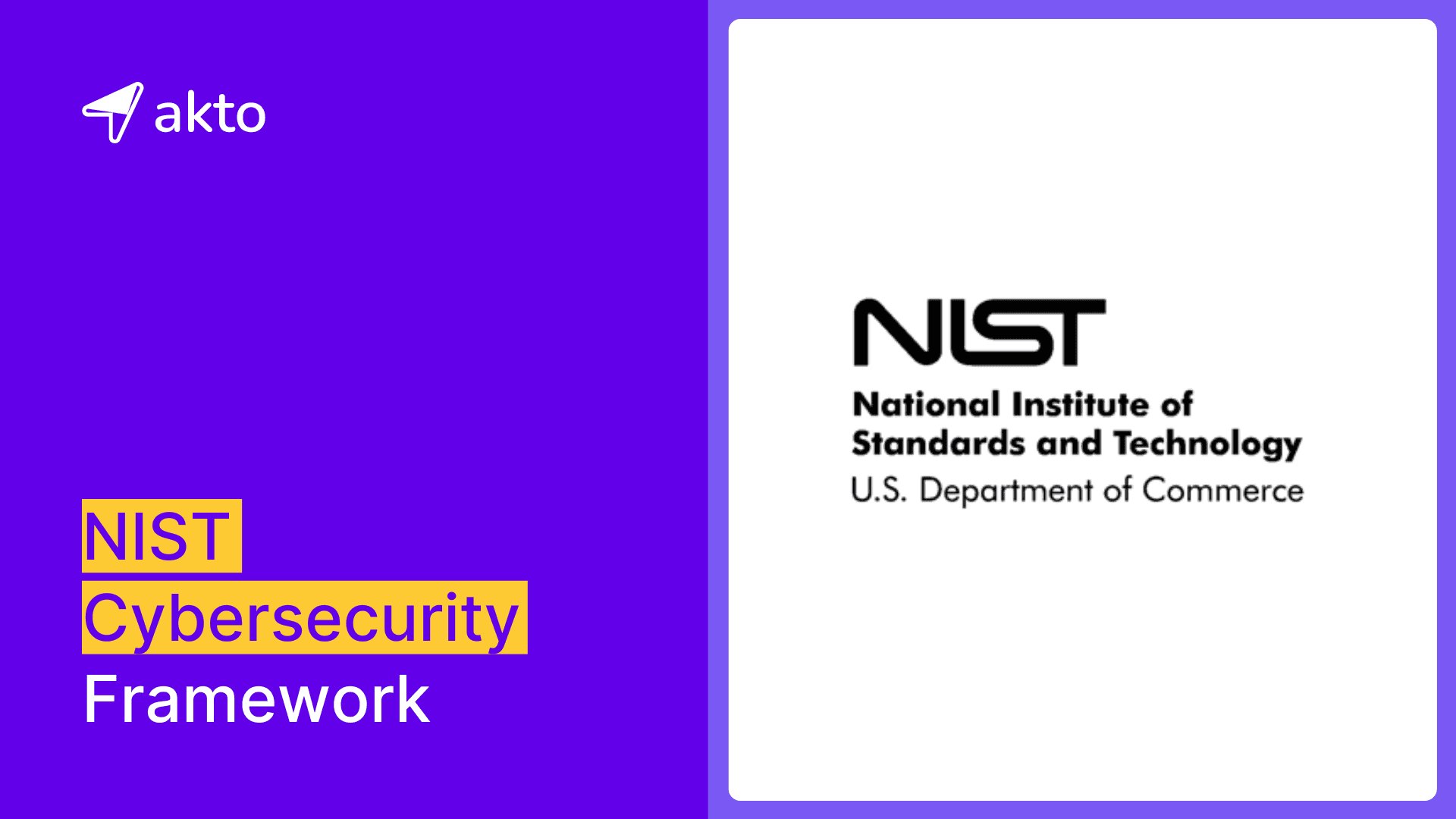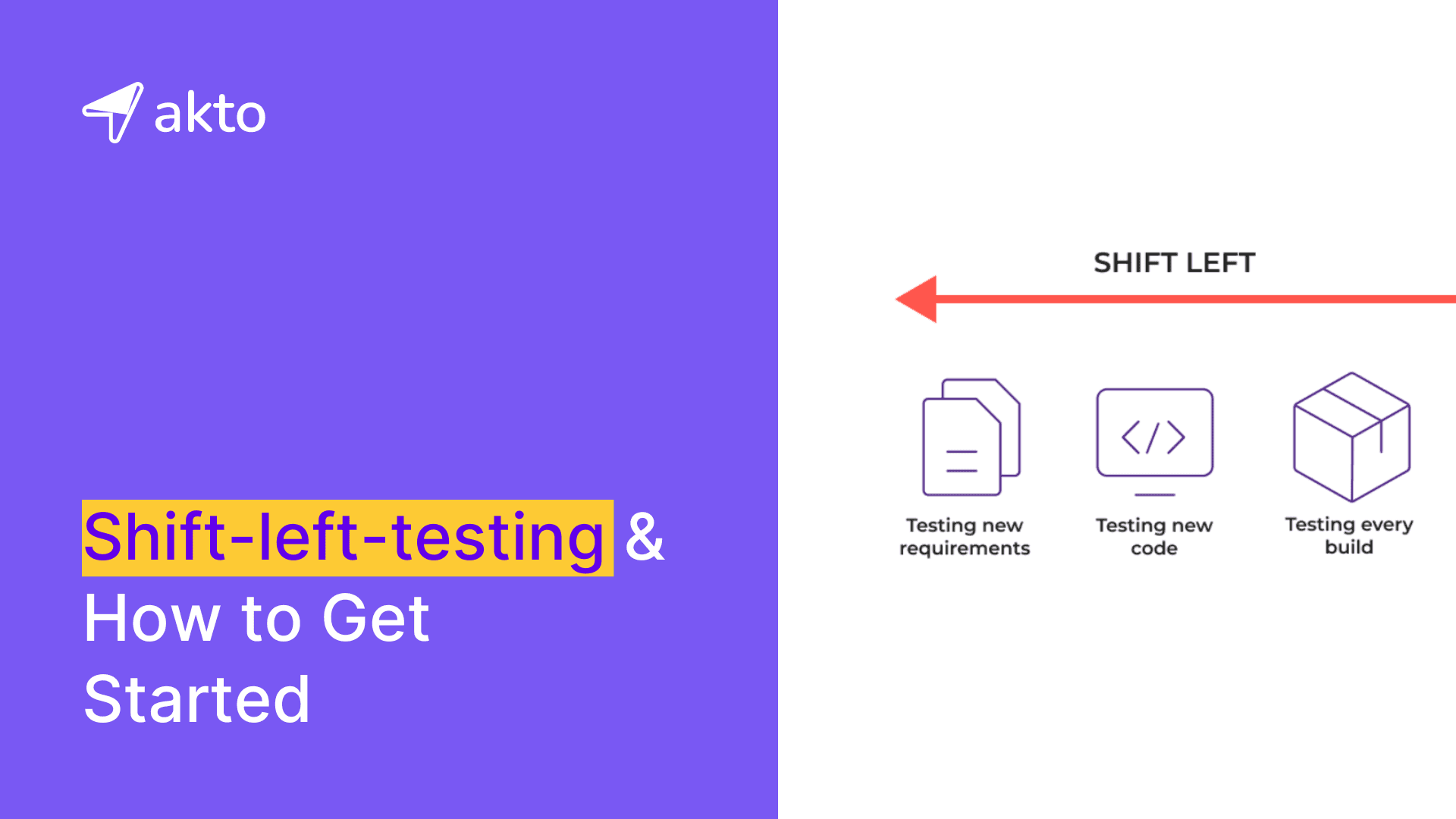Security Information and Event Management (SIEM)
SIEM aggregates and analyzes security data across an organization to detect, monitor, and respond to potential threats in real time.

Insha
Nov 6, 2024
Security Information and Event Management (SIEM) is a system that collects, analyzes, and correlates security-related data from various sources across an organization’s network. It helps detect potential threats by providing real-time monitoring, alerts, and reports on security events. SIEM solutions aggregate logs from devices, applications, and users to identify suspicious activity.
This blog explores SIEM technology, its components, benefits, and challenges to help application security engineers understand how it strengthens organizational cybersecurity.
What is SIEM?

SIEM (Security Information and Event Management) is a technology that helps organizations monitor, detect, and respond to security threats. It collects and analyzes data from various sources within an organization’s IT infrastructure, such as servers, network devices, and applications. By gathering this information in one place, SIEM systems can identify unusual activities that might indicate a security breach.
Benefits of SIEM
SIEM offers several key benefits that enhance an organization's cybersecurity posture and operational efficiency.
Improved Security Visibility
SIEM enhances an organization’s ability to see and understand its security posture. SIEM provides a comprehensive view of all activities by collecting and analyzing data from various sources across the network. This visibility helps security teams quickly identify potential threats and vulnerabilities, making it easier to protect the organization.
Real-time Monitoring
SIEM offers real-time monitoring, which allows security teams to detect and respond to threats as they happen. By continuously analyzing data, SIEM can spot unusual activities or patterns that may indicate a security breach. This real-time detection enables faster responses, reducing the risk of damage from cyberattacks.
Compliance
SIEM helps organizations meet regulatory compliance requirements by keeping detailed records of security events. It automatically generates audit trails and reports that show how security teams detect and handle security incidents. These reports help prove compliance with regulations like GDPR, HIPAA, or PCI-DSS, ensuring that the organization adheres to legal and industry standards.
Efficient Incident Response
SIEM improves the efficiency of incident detection and response by automating many aspects of the process. When security teams detect a threat, SIEM can quickly alert the security team or even trigger automatic responses to contain the threat. This quick action reduces the time it takes to address security incidents, minimizing potential damage and helping to maintain a strong security posture.
Key Components of SIEM
SIEM systems comprise several key components that work together to provide comprehensive security monitoring and management.
Log Management
Log management is a crucial part of SIEM. It involves collecting, storing, and analyzing logs from various sources like servers, network devices, and applications. SIEM systems gather these logs in one place, making it easier to monitor and review all activities across the organization. By managing logs effectively, SIEM helps detect unusual patterns and potential security threats.
Event Correlation
The event correlation engine is the heart of a SIEM system. It analyzes the collected data to find connections between different events. For example, it might notice a pattern of failed login attempts followed by a successful one, which could indicate a brute-force attack. By correlating these events, the engine helps identify threats that might not be obvious when looking at individual events.
Dashboards and Reporting
SIEM provides dashboards and reporting tools that give security teams a clear and organized view of the system's status. Dashboards display real-time data, allowing teams to monitor activities and detect issues quickly. Reporting tools generate detailed summaries of security events, helping teams analyze past incidents and prepare for audits. These features make it easier to understand the security posture of the organization.
Incident Response
SIEM systems integrate with incident response tools to help manage and respond to security incidents effectively. When SIEM detects a potential threat, it can trigger an automated response or alert the security team. The integration allows for quick action, whether it's isolating a compromised device, blocking suspicious traffic, or launching an investigation. This capability helps organizations contain threats and minimize damage quickly.
How Does SIEM Work?
SIEM works by collecting and analyzing data from various sources, correlating events, and generating alerts to help organizations detect and respond to security threats effectively.
Data Collection
SIEM systems collect data from various sources within an organization, such as servers, network devices, applications, and security tools. The system aggregates this data into a centralized platform, enabling comprehensive monitoring of the entire IT environment. By gathering logs and events from multiple sources, SIEM systems provide a complete view of network activities, helping to detect potential security threats.
Event Correlation
Once the SIEM system collects data, it correlates events by analyzing patterns and relationships between different data points. It searches for anomalies, such as unusual login attempts or unexpected data transfers, and correlates these events to identify potential threats. Event correlation enables the SIEM to detect complex security issues that might be missed if individual events were examined in isolation.
Alerting and Reporting
When the SIEM system detects suspicious activity, it generates alerts to notify the security team. The system prioritizes these alerts by severity, allowing the team to address critical issues first. Additionally, SIEM systems generate detailed reports that provide insights into detected events and help with compliance audits. This real-time alerting and comprehensive reporting ensure swift incident response and effective security management.
Use Cases for SIEM
SIEM offers several important use cases that enhance an organization's security posture and operational efficiency.
Threat Detection
Organizations use SIEM to detect and respond to various security threats in real-time. For example, SIEM can identify unusual patterns, such as repeated failed login attempts, which might indicate a brute-force attack. When SIEM detects these threats, it alerts the security team, allowing them to respond quickly and prevent potential breaches. By continuously monitoring network activity, SIEM helps organizations stay ahead of cyber threats.
Compliance Reporting
SIEM also plays a key role in helping organizations meet regulatory compliance requirements. Regulations like GDPR, HIPAA, and PCI-DSS require organizations to maintain detailed records of their security activities. SIEM automatically collects and stores these records, making it easier to generate reports that demonstrate compliance. This not only helps organizations avoid fines but also ensures they are following best practices for data protection.
Insider Threats
SIEM is effective in detecting and mitigating insider threats, which are security risks that come from within the organization. For instance, if an employee suddenly starts accessing sensitive files that lie outside their usual work scope, SIEM can flag this behavior as suspicious. By analyzing patterns of access and activity, SIEM helps identify potential insider threats and allows the security team to take action before any damage is done.
Advanced Persistent Threats (APTs)
SIEM is crucial in identifying and responding to Advanced Persistent Threats (APTs), which sophisticated attackers often target, allowing them to remain undetected for long periods. APTs usually involve a series of small, subtle actions that attackers design to infiltrate a network over time. SIEM tracks and correlates these activities across different systems, making it easier to spot the signs of an APT. By identifying these threats early, SIEM enables organizations to respond effectively and protect their sensitive data.
What Are The Challenges of SIEM?
While SIEM offers significant benefits, it also presents several challenges that organizations must address to maximize its effectiveness.
Complexity and Implementation
Implementing and managing SIEM systems can be a complex process. Organizations must carefully plan how the SIEM will connect to various data sources across their network. Properly configuring the system to analyze and correlate data accurately requires significant expertise and ongoing maintenance. Due to this complexity, organizations need skilled personnel to manage and maintain SIEM systems effectively.
False Positives and Alert Fatigue
SIEM systems often generate a large number of alerts, but many of them are false positives, where benign ones mistakenly flag themselves as suspicious. This can lead to alert fatigue, where security teams become overwhelmed by the volume of alerts and may begin to ignore them. When security teams disregard too many alerts, there is a risk of missing genuine security threats, making alert fatigue a serious challenge in SIEM management.
Scalability Issues
As an organization grows, the volume of data that a SIEM system must process increases significantly. Scaling the SIEM to handle large amounts of data can be difficult and may require more powerful hardware, increased storage, and additional software resources. Ensuring that the SIEM can scale efficiently without degrading performance is a major challenge for organizations, especially as they expand.
Resource Intensity
SIEM systems are resource-intensive, requiring robust hardware, significant storage capacity, and substantial network bandwidth to operate effectively. Additionally, they need skilled personnel to configure, monitor, and maintain the system, which can add to the cost. These resource demands can make SIEM systems expensive and challenging to manage, particularly for smaller organizations with limited IT resources.
Final Thoughts
SIEM emerges as a crucial cybersecurity tool, offering comprehensive visibility and rapid threat detection. While it presents challenges like complex implementation and potential alert fatigue, its benefits often outweigh these drawbacks. As cyber threats evolve, SIEM's role in protecting digital assets becomes increasingly vital. Organizations that effectively implement SIEM strengthen their security posture, positioning themselves to better defend against both current and future threats in our dynamic digital landscape.
In addition to SIEM, leveraging dedicated API security solutions like Akto can further enhance an organization’s defense strategy. Akto specializes in monitoring and securing APIs in real time, helping to identify vulnerabilities such as broken authentication, authorization flaws, and other API-specific risks.
By integrating tools like Akto alongside SIEM, organizations can ensure comprehensive protection, not only at the network level but also across the APIs that power modern applications. This combination fortifies overall security and provides deeper insight into the security of API endpoints.
Want to see Akto in action? Book a demo today.
Related Links
Keep reading
API Security
8 minutes
NIST Cybersecurity Framework
The NIST Cybersecurity framework provides organizations with a set of standards, guidelines, and practices to develop strong cybersecurity practices for managing cybersecurity risks effectively.
API Security
7 minutes
API Security Audit
An API Security Audit evaluates APIs, identifies potential risks, and strengthens the organization's defenses against security breaches and cyber-attacks.
API Security
7 minutes
Shift-Left Testing: Benefits and How to Implement It
Shift Level testing helps quickly identify and fix bugs by integrating testing activities earlier in the entire software development lifecycle.
Experience enterprise-grade API Security solution



